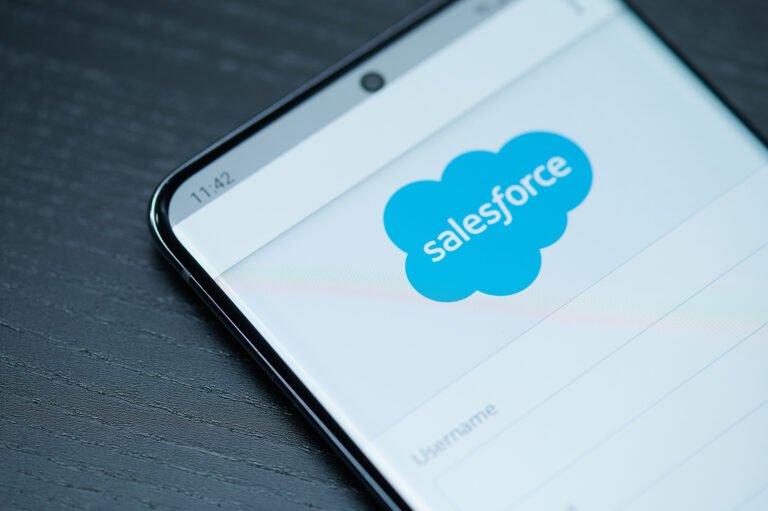Summary Points
-
Vishing Campaign Targeting Salesforce: The threat actor UNC6040 is conducting a large-scale voice phishing attack, targeting Salesforce customers by impersonating IT support to gain unauthorized access to their accounts.
-
Data Exfiltration and Extortion: By guiding victims to approve a malicious version of Salesforce’s Data Loader application, UNC6040 exfiltrates sensitive data for extortion, sometimes months post-intrusion.
-
Social Engineering Tactics: All attacks rely on social engineering rather than exploiting Salesforce vulnerabilities, with UNC6040 specifically targeting sectors like education, hospitality, and retail across the Americas and Europe.
- Collaboration and Threat Links: The group shows links to other cybercriminal collectives, including claims of affiliation with ShinyHunters, and employs tactics that exploit IT personnel for initial system access, highlighting a concerning trend in cyber threats.
The Issue
In a notable cybersecurity incident, Google has reported that a threat actor, identified as UNC6040, is executing a large-scale voice phishing (vishing) campaign targeting Salesforce customers. This nefarious group masquerades as IT support to manipulate employees into granting access to a malicious version of Salesforce’s Data Loader application. Leveraging social engineering tactics, the attackers guide their victims to the Salesforce connected app setup page, eventually enabling unauthorized access to sensitive business information stored within their Salesforce environments. This exploitation has resulted in significant data theft, which is subsequently used for extortion, sometimes months after initial access.
The campaign, which appears to involve collaborations with other cybercriminals to monetize the stolen data, has impacted around 20 organizations across various sectors, including education and retail, primarily located in the Americas and Europe. Disturbingly, Google emphasizes that the incidents reveal a strategic shift in threat actors’ methods, increasingly targeting IT personnel as a gateway to exploit vulnerabilities in enterprise data systems. This development highlights a worrying trend in cybersecurity, as attackers refine their tactics to compromise essential services like Salesforce, Okta, and Microsoft 365 through sophisticated social engineering rather than direct exploitation of software vulnerabilities.
What’s at Stake?
The ongoing voice phishing (vishing) attacks by the threat actor UNC6040, which specifically target Salesforce customers, pose significant risks not only to the immediate victims but also to a broader array of businesses, users, and organizations interconnected within the digital ecosystem. As attackers successfully impersonate IT support and manipulate employees into granting unauthorized access to critical Salesforce data, the potential for data exfiltration and subsequent lateral movement into other platforms like Microsoft 365 and Okta amplifies the vulnerabilities present within corporate networks. This exploitation creates a cascading effect: compromised organizations risk substantial data loss and financial extortion, while the integrity of neighboring enterprises is endangered by the possibility of similar attacks perpetrated through shared vulnerabilities. Furthermore, as threat actors align their tactics to exploit IT support personnel, the entire framework of trust that underpins business operations may be destabilized, leading to increased regulatory scrutiny and reputational damage across sectors such as education, hospitality, and retail, thereby contributing to an overarching atmosphere of cyber insecurity that could deter collaborative enterprise efforts and innovation.
Possible Actions
The ability to swiftly address cyber threats is paramount in preserving organizational integrity and trust, especially in light of Google’s recent alert regarding vishing and extortion tactics aimed at Salesforce users.
Mitigation and Remediation Steps
-
User Awareness Training
Conduct regular workshops to educate employees about vishing tactics and the indicators of phishing attempts. -
Incident Response Plan
Develop and frequently update an incident response roadmap to ensure a coordinated effort when handling threats. -
Multi-factor Authentication (MFA)
Implement MFA to add an additional layer of security for user accounts, mitigating unauthorized access. -
Continuous Monitoring
Utilize monitoring tools to detect unusual account activity and respond promptly to suspicious behaviors. -
Reporting Mechanism
Establish a clear protocol for employees to report potential vishing attempts, fostering a proactive culture. - System Updates
Ensure that all systems and software are up-to-date with the latest security patches and patches to reduce vulnerabilities.
NIST CSF Overview
The NIST Cybersecurity Framework (CSF) underscores the critical nature of timely remediation. Organizations are encouraged to implement robust measures to identify, protect, detect, respond, and recover from cyber threats. For further guidance, refer to NIST Special Publication (SP) 800-53, which provides a comprehensive catalog of security controls that align with risk management processes.
Stay Ahead in Cybersecurity
Stay informed on the latest Threat Intelligence and Cyberattacks.
Learn more about global cybersecurity standards through the NIST Cybersecurity Framework.
Disclaimer: The information provided may not always be accurate or up to date. Please do your own research, as the cybersecurity landscape evolves rapidly. Intended for secondary references purposes only.
Cyberattacks-V1

